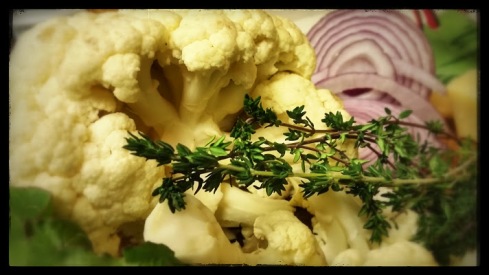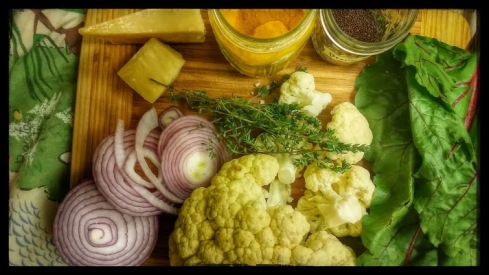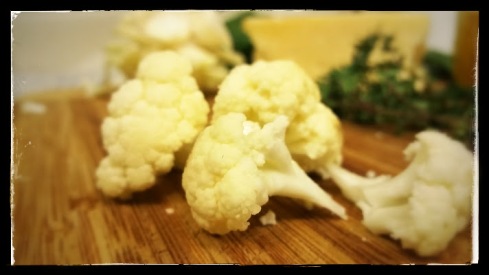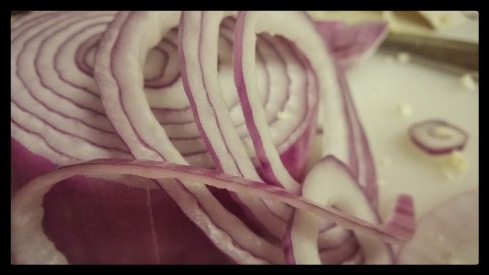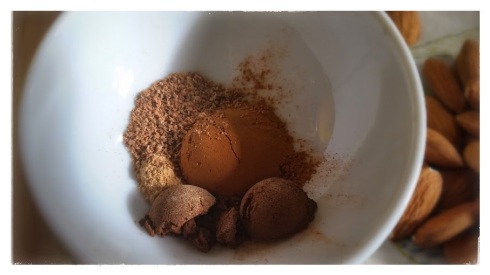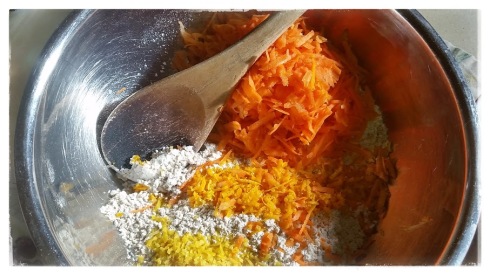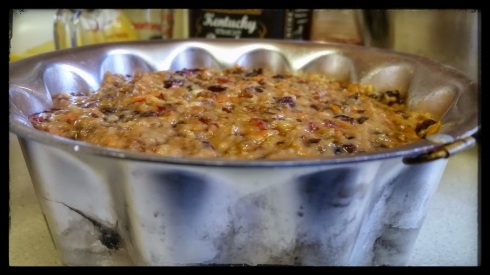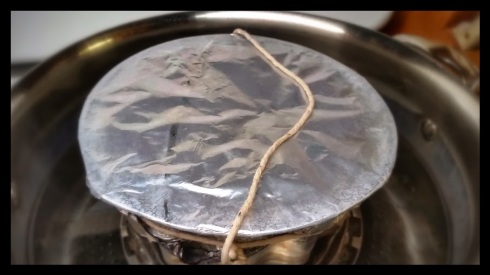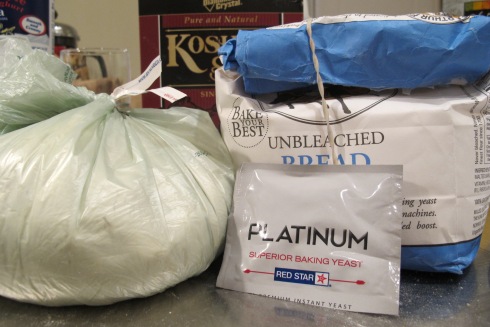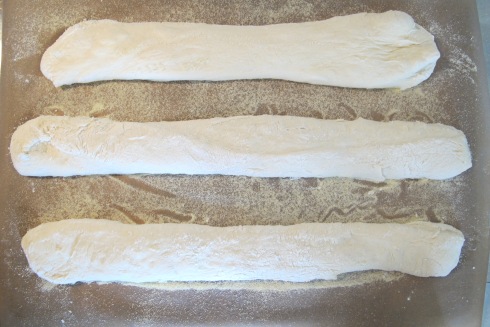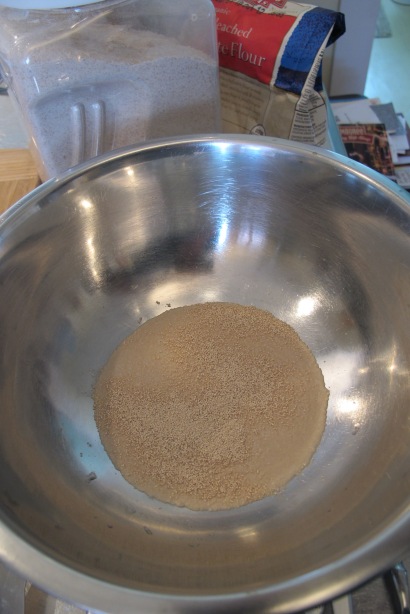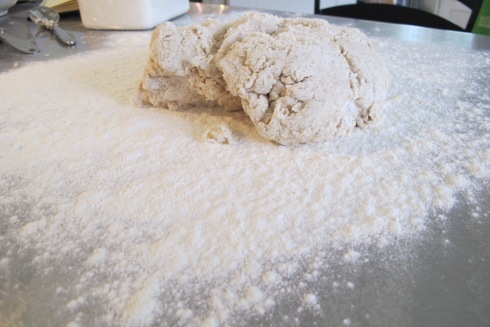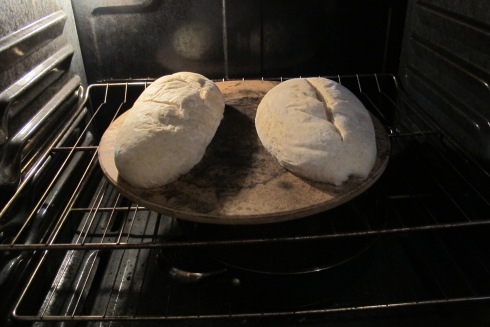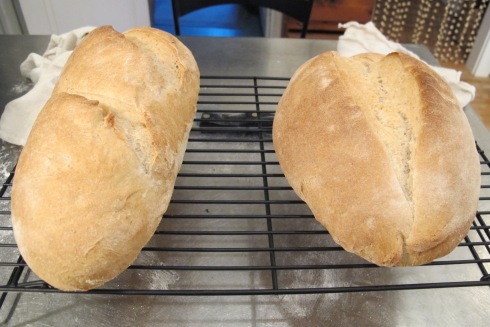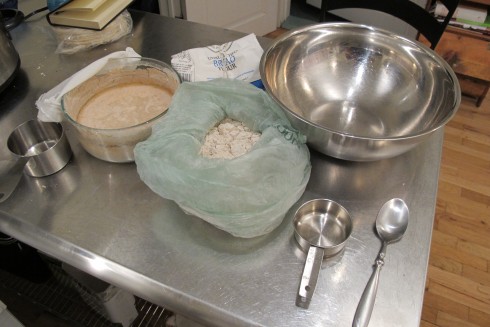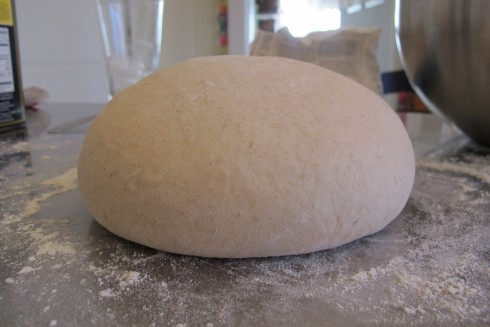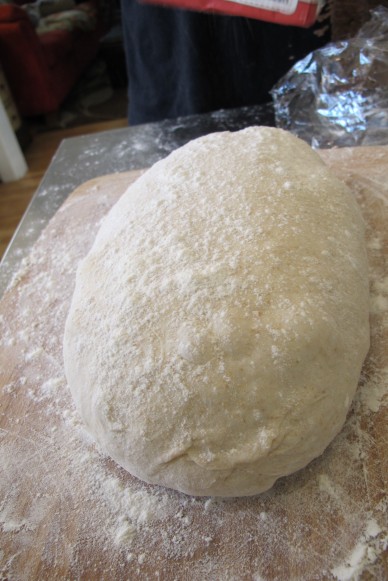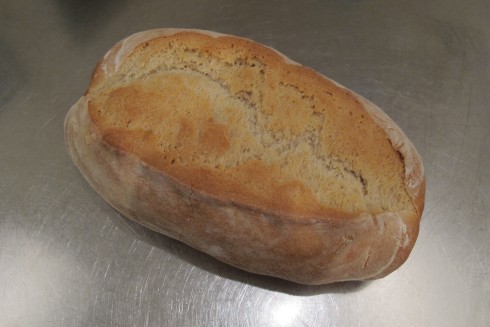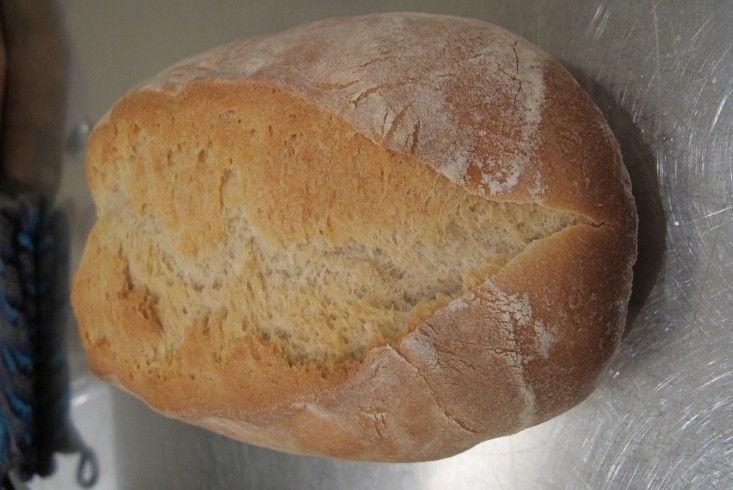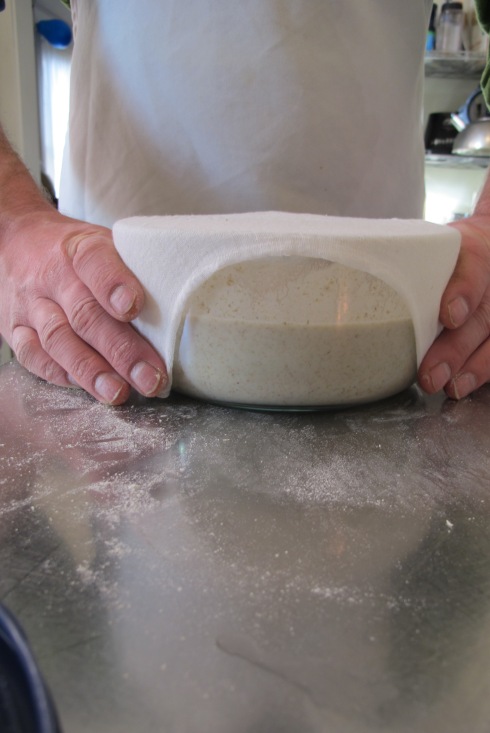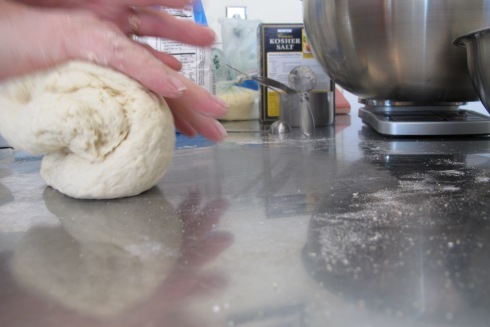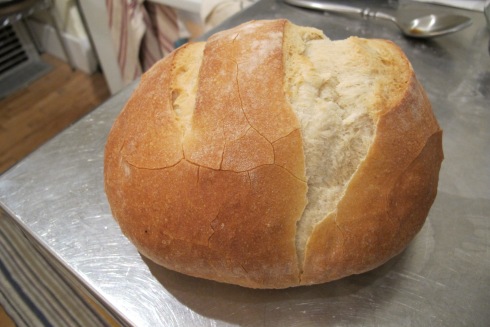But not quite.
I am not really that familiar with Yotam Ottolenghi’s work, but he is apparently pretty buzz worthy these days. Especially if you are a vegetarian and/or a follower of the British culinary scene.
We, however, were introduced to him via the gift of a cookbook. Specifically, Plenty More. It is a fascinating book. Fun combinations of ingredients often with interesting preparations and presentations. Not too mention some really mouthwatering photos, which are laid out in the food paradise manner. Mine, in contrast, are photographed in the little-kitchen-that-could.
We pretty much want to make (or at least eat) everything in the book, but you’ve gotta start somewhere. So, after talking about making the cauliflower cake for weeks, I decided, rather randomly, to make it after work.
Turns out, I did not have basil, the rosemary I thought I had was a sad sight and there was only a small chunk of Parmesan… (oddly enough, I did have Nigella seeds…)
Rather than scrap the whole idea, I decided to take the base concept and just use what I did have. Here’s what I did.
Cauliflower Cake
1 Smallish Cauliflower, broken up into bite size florets (I also chopped up and used the stem bits)
1 Medium Red Onion
4 Cloves Garlic
1 Bay Leaf
5 T Olive Oil
1 Bunch Chard, rinsed and stems removed (we’re going to use the stems)
8 Sprigs Thyme
7 Eggs
1 Cup All Purpose Flour
1 1/2 tsp Baking Powder
1 tsp Turmeric
1 Cup Cheddar, grated
1/2 Cup Parmesan, grated
2 T White Sesame Seeds
2 tsp Nigella Seeds (Poppy Seeds or Black Sesame Seeds will also work)
2 tsp Mustard Seeds
Salt and Black Pepper
A bit of Butter
You’ll also need parchment paper and a 9 1/2 inch spring form pan
Alright preheat your oven to 400 F.
Take the cauliflower pieces and place them in a pot. Sprinkle over them 1 tsp or so of salt then add enough water to cover. Simmer for about 15 minutes until they are quite soft, but not disintegrating. Strain and leave them in the colander to air dry while you prepare the rest.
With the red onion, we want to slice off some nice rings about a quarter inch thick. Set those aside. We’ll be using them for decorative effect later on. Deeply colored rings are going to look best here, no harm in being selective. The red onion I had was a lighter purple color and the end look was a bit washed out. Give the rest of the onion, along with the garlic and chard stems, a rough chop.
In a large saute pan, heat the olive oil over medium until it shimmers. Then add the onion, garlic, chard stems, bay leaf, 2 sprigs of thyme, and a pinch of salt and pepper. Saute for about 10 minutes until soft. The remove from the heat to cool and discard the thyme sprigs and the bay leaf.
In a large bowl, whisk the eggs. Add the roughly chopped chard leaves, and the onion mixture. Remove the thyme leaves from their stems and add the leaves to the bowl as well. Whisk it all around again. Add the flour, baking powder, turmeric, a tsp of salt, and a tsp of black pepper. Whisk it until smooth. Add in the cheese, reserving about 1/4 cup cheddar. Whisk to incorporate. Gently stir in the cauliflower.
Now let’s prep the spring form pan. Cut a parchment circle to fit the bottom of the pan. Then cut a strip of parchment long enough to run the circumference of the pan and overlap itself by a couple of inches. This overlap will help stick the parchment ends together and keep the strip in place. Lay out this strip and rub with liberally with butter like your buttering a pan. Fit that strip around the sides of the pan with the buttered side facing inward. In a small bowl, mix the sesame, nigella, and mustard seeds together. Toss the seeds around evenly on the buttered side-strip of parchment, we want them to stick.
Pour the cauliflower mixture into the pan. Spread it out evenly and sprinkle around the reserved cheddar. Then arrange the red onion rings on the top.
Pop it in the oven and bake for about 45 minutes, until golden brown and a cake tester inserted in the center comes out clean. Remove from the oven and let rest on a cooling rack for 20 minutes. Serve warm or at room temperature.

